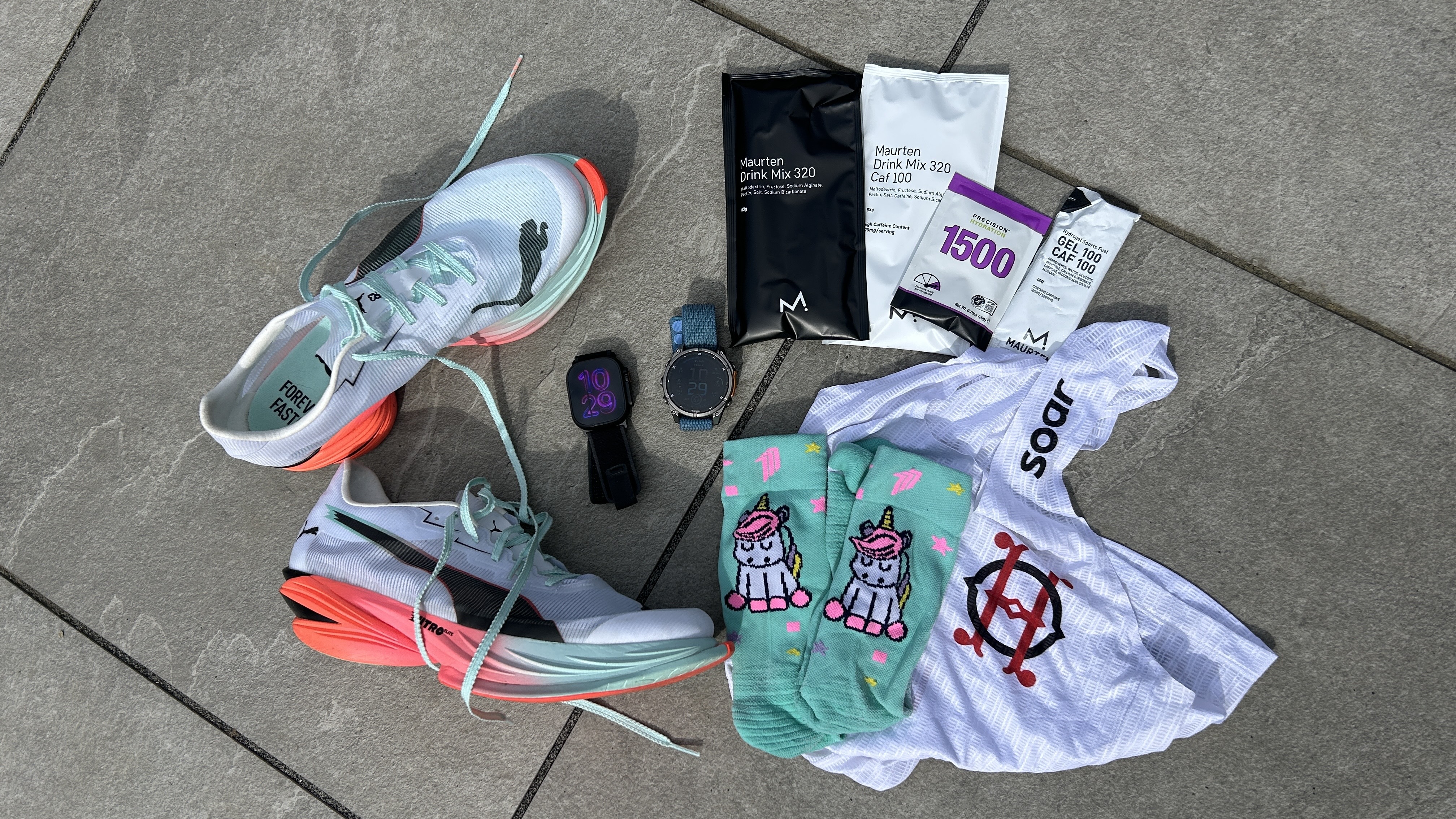Nintendo Switch 2 proves one thing — it's time for Nvidia to make a PC gaming handheld
Watching Nintendo win again, I can’t stop thinking about an Nvidia PC gaming handheld
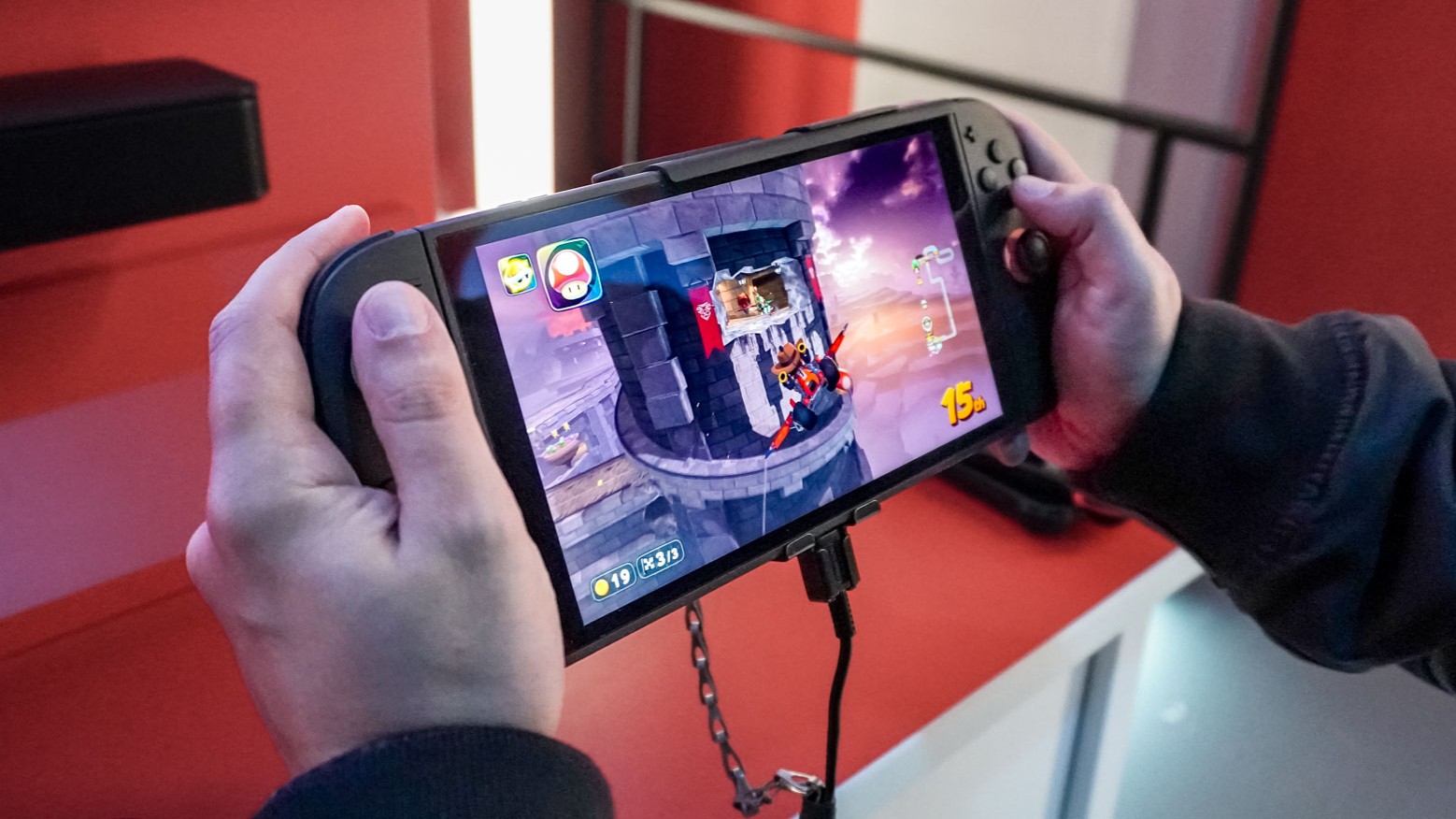
From my time looking at Nintendo Switch 2 gameplay, and our time going hands-on with the machine, one thing is clear: those games are looking good.
Don’t get me wrong, not “good” as in PS5 Pro and Xbox Series X levels of good, but there is a marked step up here that is clearly being done by improvements to the GPU’s capabilities and all the AI trickery that comes with it.
But as someone who games on-the-go on a Steam Deck, I’m well and truly in on the PC gaming handheld craze, and I’ve obviously been looking for my new Deck successor.
And looking at what Nvidia has been able to pull off with its chip in the Switch, I want to lay out the case for why this won’t be the one and only portable system that we’ll see a little bit of Team Green in.
In fact, I would argue that this is the beginning of a roadmap to us seeing an Nvidia PC portable, and I'm confident that it would rank high on our list of the best gaming handhelds. Let me explain.
What the Switch 2 tech tells us
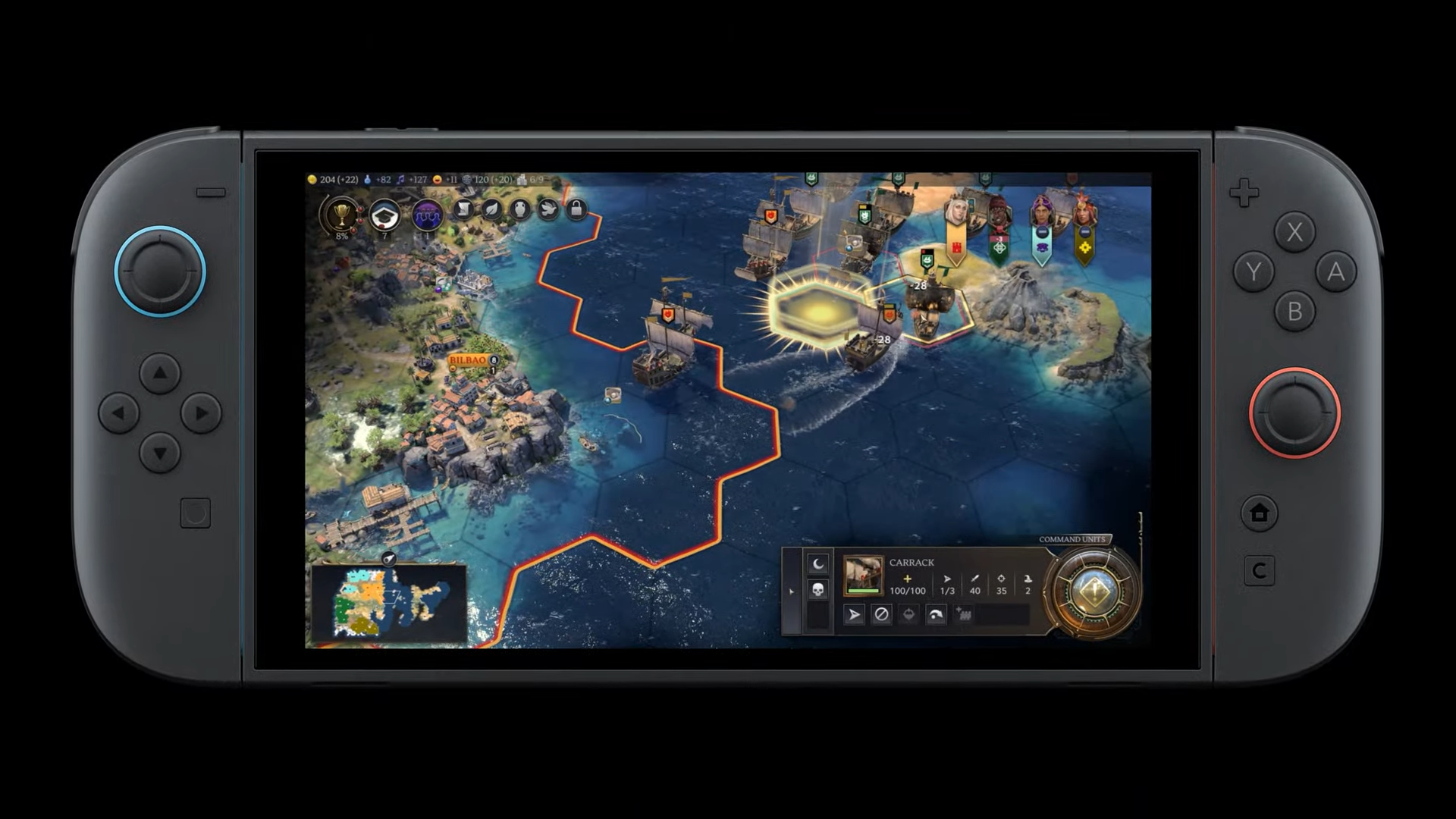
So let’s start reading some tea leaves here and break down what Nvidia said about its contribution to the Switch 2’s internals.
Inside, you’re getting “up to 10x graphics performance.” To put some numbers on it, that would mean:
- 1.5 teraflops of performance in handheld mode — compared to the Steam Deck’s 1.6.
- And 3.9 teraflops in docked mode — compared to the 4 you’ll find in Xbox Series S.
For the uninitiated, a teraflop is a measurement of one trillion floating point operations every second — every one of these being critical tasks in graphics rendering for games.
These lower numbers are not surprising, as Nintendo’s focus has never been on spec sheets, but more on what the company can do with them. And while one piece of that puzzle is the games (Donkey Kong Bananza is so my jam), another part comes from Nvidia.
You see, Jensen’s crew is bringing RT cores for real-time ray tracing, a variable refresh rate to that 120Hz panel via Nvidia G-Sync, and (most interestingly) Tensor cores to power its DLSS tech — AI-based frame generation and resolution scaling.
PC gamers already know the benefits of these technologies, and to see them in the Switch 2 is incredibly exciting. Basically, it means you can do more with less — let an AI trained on the game speed up the frame rate and sharpen the game’s textures, while also easing the raw rendering pressure on the GPU and improving power efficiency.
And what’s more, after talking to several people who went hands-on with the system, it’s clear this tech is working like a dream because these games are looking strong on here. Gameplay response times are snappy, and tearing is non-existent.
There are the tiniest signs of ghosting around objects and characters here and there, but nothing out of the ordinary from what I’ve seen in most recent DLSS 4 implementations — and certainly not enough to be distracting or spoil the experience.
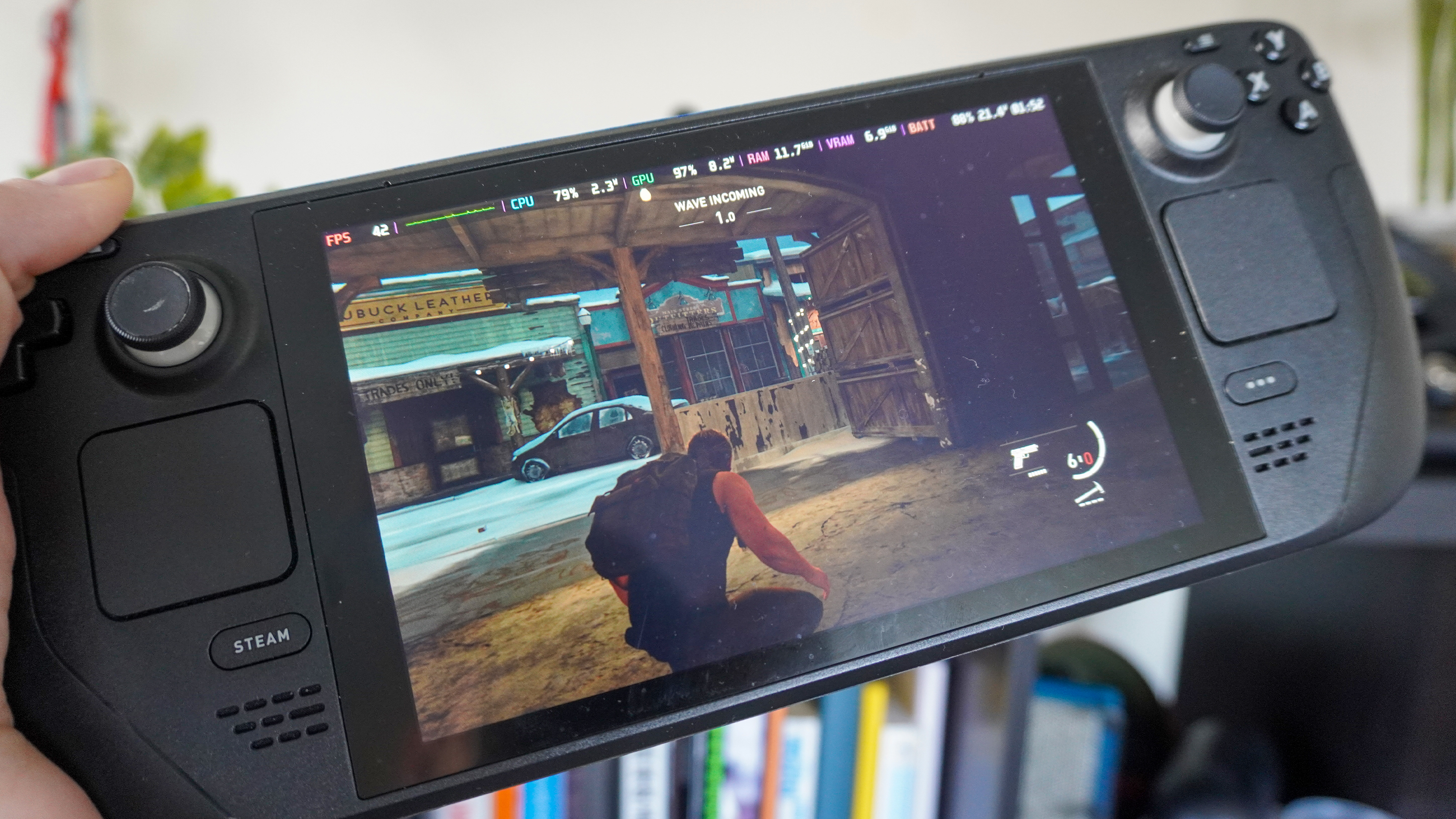
So far, the PC handheld market has mostly gone the way of AMD, and the chipsets have been strong parts for making these work. The custom silicon in Steam Deck is still capable of some magic, and the more recent Z2 APU is looking destined for great things.
However, two things are true: AMD’s own frame gen techniques just aren’t quite there yet (as I found out in my time testing The Last of Us Part II on Steam Deck), and PC game developers tend to gravitate towards Nvidia.
The latter purely because of it being the leading player in the GPU game, and the fact that the company is quite a few steps ahead when it comes to neural rendering.
Switching up for third parties
Now, let’s move on to the crux of my argument. Going back to the Nintendo Direct, it was clear that the company wanted to scream “we’ve got games,” and oh boy did they! In fact, it made us believe that this could be Steam Deck’s true competitor, and not PC handhelds.
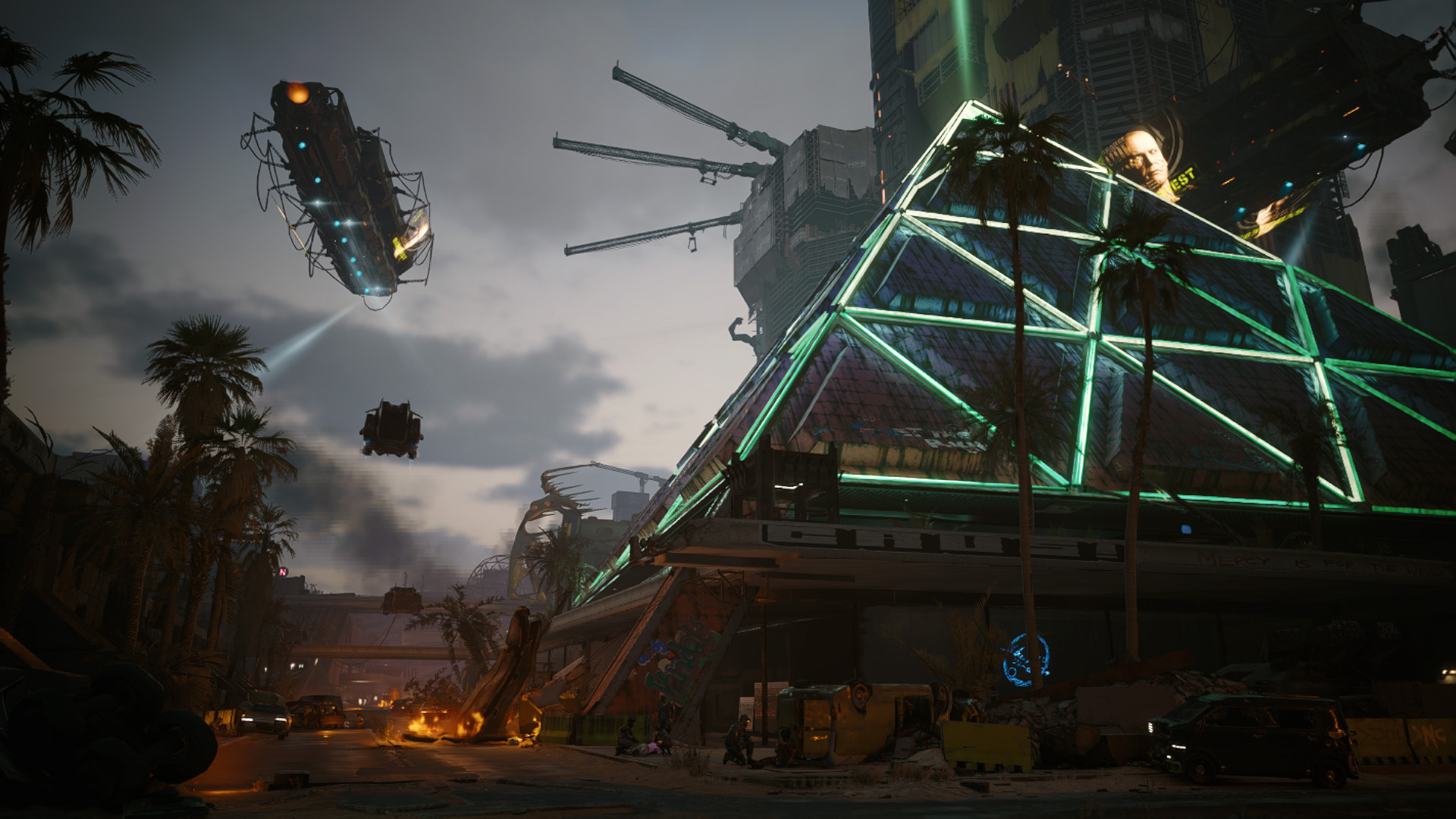
A lot of the AAA third party titles you know and love are coming to Switch 2 — including Cyberpunk 2077, which has become a real cornerstone of how many people and publications (including us) test graphics performance.
And it seems as if the Direct trailers really didn’t do them justice (maybe because of some video compression issues), because when talking to the lucky few who tested it, they all said that the likes of Cyberpunk and Elden Ring looked better on here than it did on competing handhelds.
Not only that, but this power can scale to bigger screens too. As you saw from the TFLOPs calculation and the built-in fan on the Switch 2’s dock, this chip can be run at a far higher power level to deliver up to that 4K targeted resolution.
Other handhelds, like the Steam Deck, are limited to the maximum wattage when in handheld mode. Yes, there are technically some workarounds if you put in the legwork, but for ease of unlocking that additional performance, Nintendo (and Nvidia) wins out.
Holding all the Infinity Stones
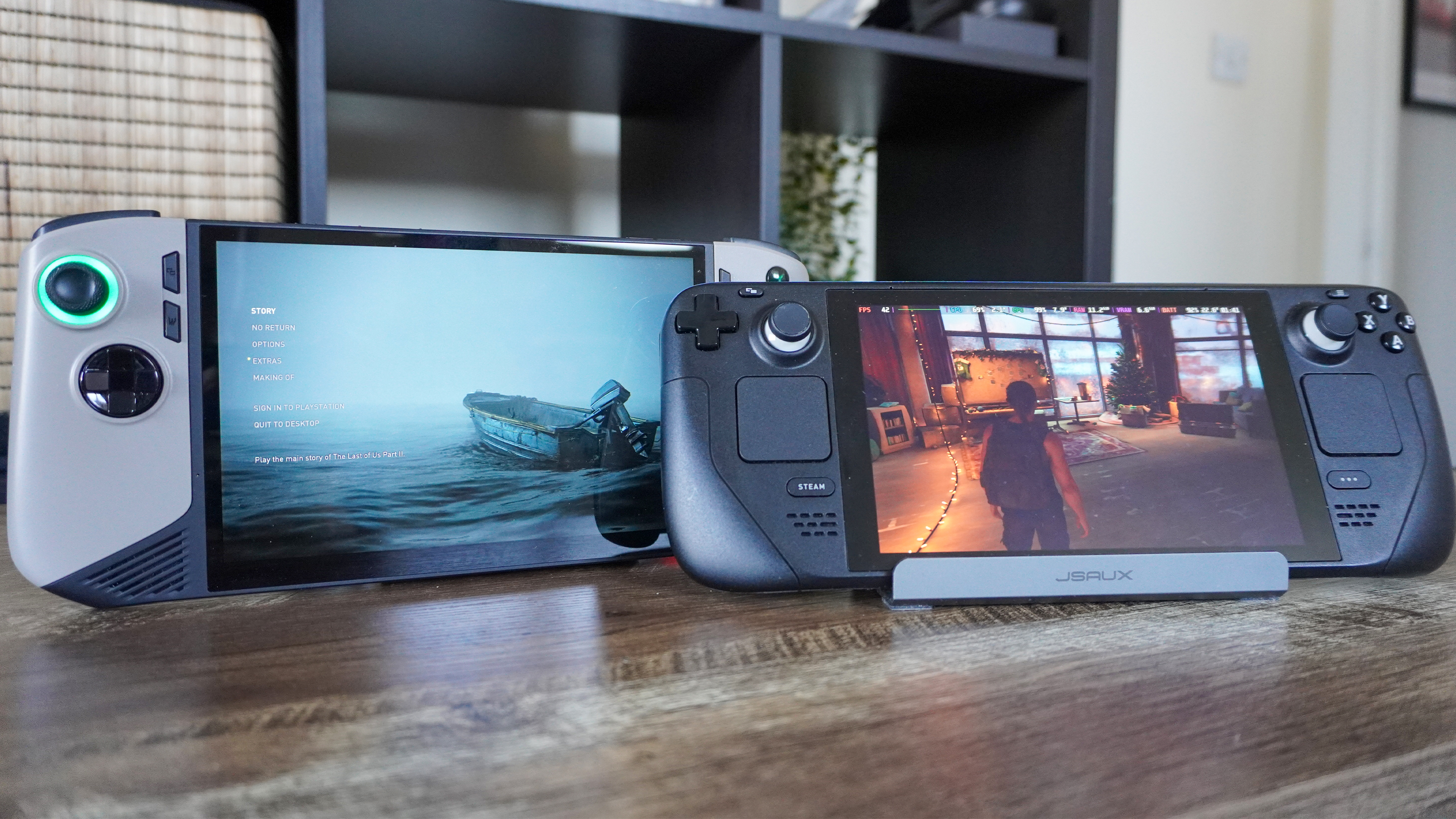
While AMD is certainly strong competition, and Intel has made some impressive gains with its integrated graphics to be considered a worthwhile option for gaming handhelds, it’s clear that developers have a preference for Nvidia.
And as you can see in what the Nintendo Switch 2 is capable of — both in the handheld performance and the scalability of that power when docked — Team Green’s custom chip is rather mighty.
Is it too far-fetched to think Nvidia could take this show on the road with a version of this chip being made for companies to stick in the PC handhelds? For all the benefits it would bring in performance and power efficiency, I don’t think so.
So please, Jensen. I know you’re busy making the pick axes in this AI gold rush we find ourselves in right now. But if you could make my dream a reality, I’ll personally make you your next shiny leather jacket for a keynote.
More from Tom's Guide
Sign up to get the BEST of Tom's Guide direct to your inbox.
Get instant access to breaking news, the hottest reviews, great deals and helpful tips.

Jason brings a decade of tech and gaming journalism experience to his role as a Managing Editor of Computing at Tom's Guide. He has previously written for Laptop Mag, Tom's Hardware, Kotaku, Stuff and BBC Science Focus. In his spare time, you'll find Jason looking for good dogs to pet or thinking about eating pizza if he isn't already.
You must confirm your public display name before commenting
Please logout and then login again, you will then be prompted to enter your display name.
